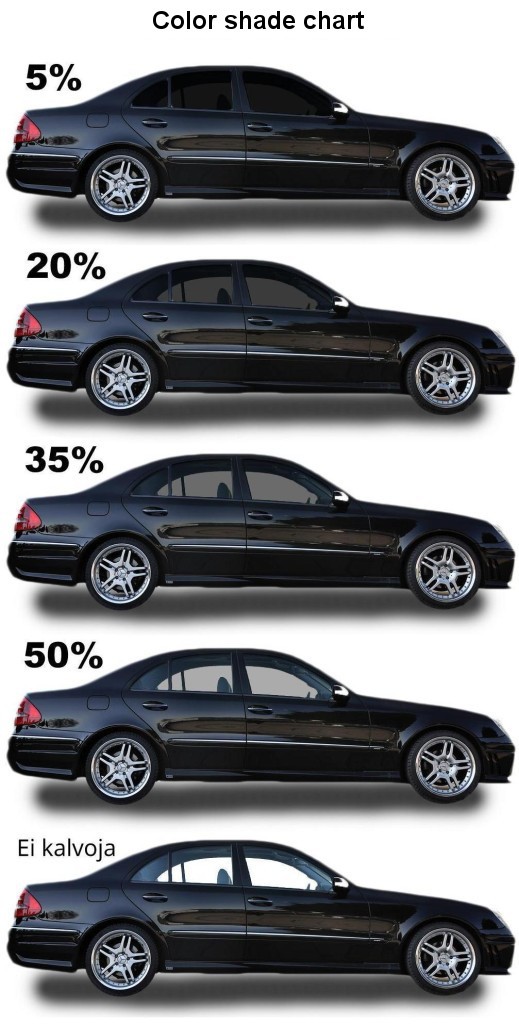Why Auto Window Tinting is a Must-Have for Modern Cars
Home Window Tinting Laws and Standards: What You Need to Know Before Tinting Your Auto
Prior to proceeding with home window tinting for your vehicle, it is vital to acquaint on your own with the diverse laws and guidelines that regulate this technique across different states. These guidelines dictate the allowable levels of color darkness, typically measured by visible light transmission (VLT) percentages, and consist of particular specifications for front windscreens focused on ensuring roadway safety. Furthermore, particular jurisdictions may use medical exemptions for individuals with qualifying conditions. Comprehending these intricacies can save you from prospective lawful implications, yet what are the certain regulations in your state?
Overview of Home Window Tinting Rules
Window tinting legislations are often subject to variant across various territories, reflecting neighborhood policies and security factors to consider. These legislations dictate the acceptable degrees of tint darkness and reflectiveness on lorry home windows, making sure that drivers preserve ample exposure while likewise safeguarding against damaging UV rays and warmth.
A lot of guidelines categorize home window tinting based upon the Visible Light Transmission (VLT) percentage, which suggests the amount of light that can travel through the window. Typically, reduced VLT percents indicate darker colors. Legislations typically separate in between the front, side, and rear home windows, with stricter restrictions related to the front windshield to boost safety for both the vehicle driver and other roadway customers.
Conformity with home window tinting guidelines is essential, as violations can result in fines, compulsory elimination of the tint, and potential rises in insurance premiums. It is crucial for car proprietors to familiarize themselves with neighborhood legislations before proceeding with home window tinting setups.
State-by-State Color Laws
Comprehending the specific window tinting laws in each state is vital for car proprietors looking for to comply with the law. Each state in the united state has actually developed its very own collection of guidelines governing window tinting, which can differ dramatically. These regulations usually dictate the allowable degrees of color darkness, the kinds of windows that can be tinted, and any type of clinical exemptions that may apply.
As an example, states like California have strict constraints on color darkness for front home windows, while others, such as New Mexico, may permit darker tints. In addition, specific states mandate certain presence portions for numerous home windows, consisting of the windshield, front side windows, and back windows. It is crucial for auto proprietors to familiarize themselves with their state's regulations to prevent prospective fines or fines.
In addition, some states might call for an accreditation sticker to be put on colored windows, indicating conformity with state legislations. Failing to stick to these laws not only takes the chance of legal consequences yet can additionally affect safety and presence while driving. As a result, vehicle owners need to carry out comprehensive research or seek advice from local authorities to ensure full understanding and compliance with state-by-state color policies.
Allowed Color Kinds and degrees
Numerous lorry proprietors might be surprised to learn that allowed tint degrees and types differ extensively throughout various states. Each state has actually established its very own regulations relating to the acceptable darkness and reflectivity of home window color, frequently measured by Visible Light Transmission (VLT) portions. VLT refers to the amount of light that can travel through the tinted windows; thus, a reduced percentage shows a darker color.

Additionally, the types of tint materials permitted can differ, with some states forbiding metal or mirror-like finishes. It is vital for automobile proprietors to acquaint themselves with their state's certain laws to ensure conformity. Non-compliance can cause penalties, required elimination of the color, or various other lawful effects, making it important to understand these regulations before proceeding with setup.
Medical Exceptions for Tinting
While not all states provide allowances for clinical exceptions regarding window tinting, those that do acknowledge the necessity for useful site certain individuals to boost exposure and comfort due to clinical conditions. Numerous medical conditions, such as lupus, skin cancer cells, and specific eye disorders, can render people particularly sensitive to sunshine. These people may call for darker colors to protect themselves from damaging UV rays and glare.

It is necessary to keep in mind that even with a clinical exemption, there might still be limitations on the degree of tint enabled. Compliance with state regulations ensures that people are both safeguarded and within legal limitations. Those considering clinical exceptions ought to call their local Department of Motor Vehicles or equal authority to understand the procedures and needs required to obtain an exception efficiently.
Charges for Non-Compliance
Stopping working to follow home window tinting laws can bring about significant charges, which differ by state. Law enforcement companies are equipped to release citations for lorries that do not follow the defined tinting regulations. These penalties normally consist of fines, which can range from small quantities to numerous hundred bucks, relying on the severity of the infraction and the state concerned.
In some territories, duplicated offenses may cause rising fines or extra penalties, such as required court looks. Non-compliance may require the removal of illegal tinting, usually at the proprietor's expenditure. In severe instances, regular offenders may deal with suspension of their vehicle enrollment up until compliance is accomplished.
Furthermore, insurance coverage effects might develop from getting multiple citations for home window tint violations. Insurance companies might see such infractions as an indicator of riskier behavior, potentially leading to increased premiums or trouble in coverage.
To prevent these penalties, it is essential for vehicle proprietors to familiarize themselves with their local home window tinting laws and make certain that their vehicle complies (Window Tinting). This aggressive technique not only stays clear of legal ramifications but additionally promotes roadway safety
Verdict

A lot of guidelines categorize window tinting based on the Visible Light Transmission (VLT) percent, which shows the quantity of light that can pass with the home window. Compliance with home window tinting guidelines is critical, as infractions can result in fines, compulsory elimination of the color, and prospective increases in insurance costs.Understanding the specific home window tinting guidelines in each state is crucial for lorry owners looking for to conform with the regulation. These guidelines frequently determine the allowed levels of color darkness, the kinds of home windows that can be tinted, and any type of clinical exemptions that right here may use.
For instance, states like The golden state have rigid limitations on tint darkness for front home windows, while others, such as New Mexico, may allow darker tints.